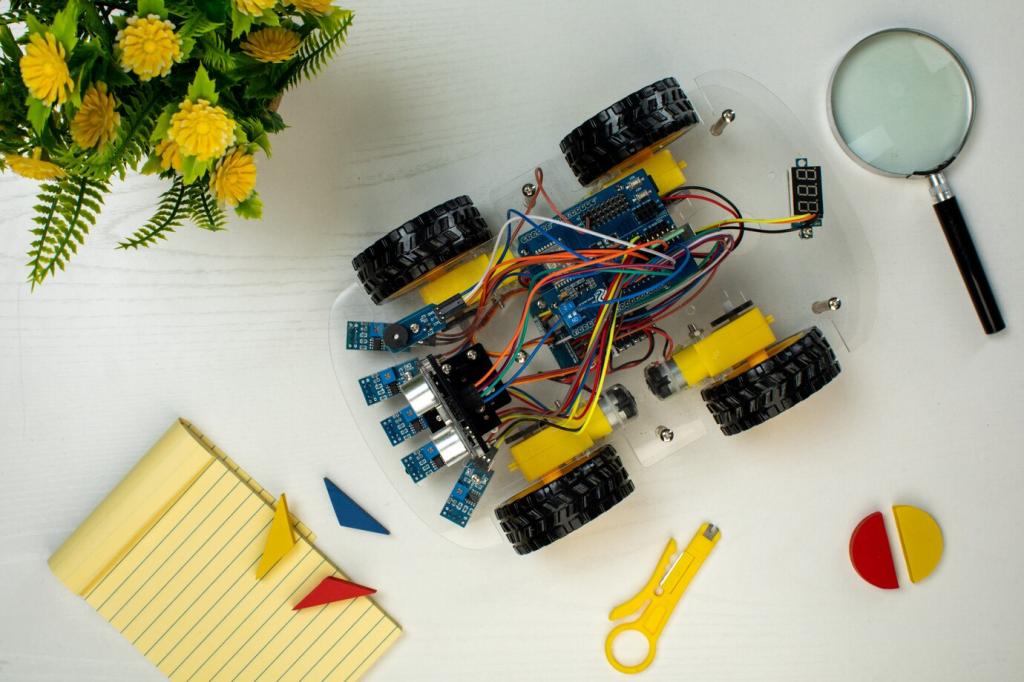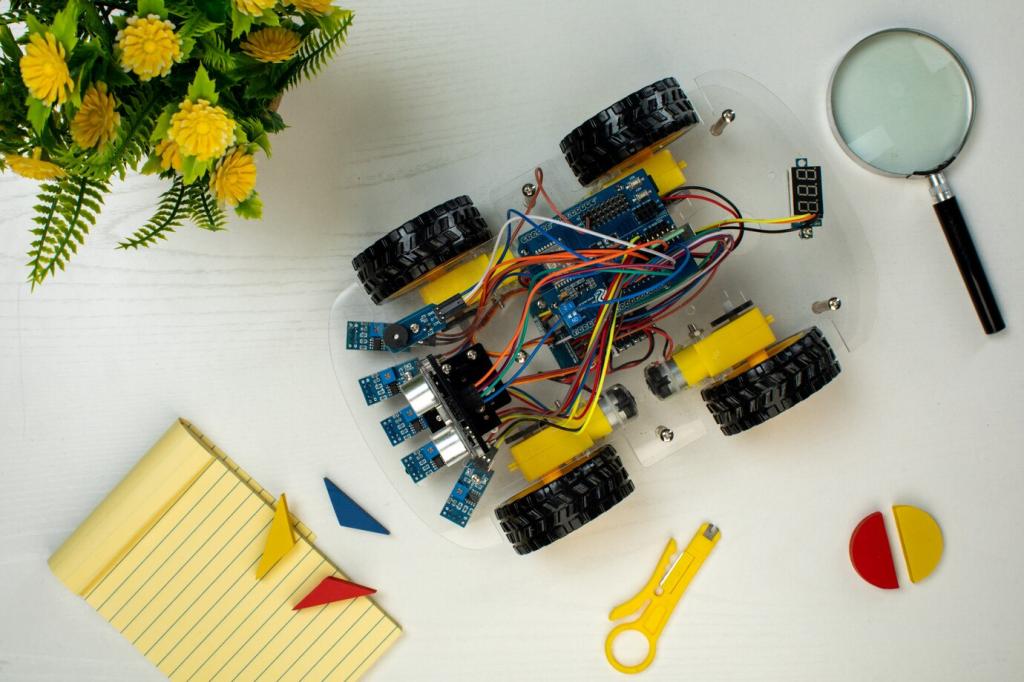Creating a Basic Alarm System
Building a basic alarm system is a practical project that introduces you to foundational security principles while giving you hands-on experience with basic electronics, sensors, and simple programming. A straightforward alarm system can be used to protect your home, office, or workspace by alerting you to unauthorized access or unusual activity. Through this guide, you’ll explore the necessary components, setup, operation, and troubleshooting tips to construct a reliable basic alarm system, even if you have minimal prior experience.
What Is an Alarm System?
An alarm system is an arrangement of devices designed to detect unwanted events—such as unauthorized entries—and to signal the presence of these events to occupants or authorities. Whether wired or wireless, these systems utilize sensors strategically placed at points of vulnerability, like doors or windows. When a sensor is triggered, it communicates with the main control panel, which then activates an alert, like a loud siren or flashing lights. Fundamentally, alarm systems act as deterrents while offering peace of mind, as they provide immediate alerts and may be integrated with additional monitoring or response services for enhanced security.
Components of a Basic Alarm System
A basic alarm system relies on a set of core components that work together seamlessly. Firstly, sensors (such as magnetic contacts or motion detectors) form the frontline; their main job is to identify changes in their environment, like the opening of a door or movement in a protected area. Secondly, the control unit acts as the system’s brain, receiving signals from sensors and making decisions about when to trigger the alarm. Thirdly, the alarm device provides the actual alert—commonly an audible siren or a visual indicator. Optional components, such as keypads for arming/disarming and communication modules for remote notifications, can also be included in more advanced setups.

Choosing Suitable Sensors
Sensors are the system’s primary detection tools, and selecting the right type ensures effective monitoring. Common choices include magnetic contact sensors, which are ideal for detecting the opening of doors and windows, and passive infrared (PIR) motion sensors, which can sense movement within a specified area. When evaluating sensors, consider environmental factors—such as the presence of pets or sunlight—which might cause false alarms. Look for sensors with sufficient range and reliability suited for your specific setting. Investing in quality sensors reduces maintenance issues and improves overall system performance, providing continuous peace of mind.

Installing the Control Unit
The control unit acts as the central hub of your alarm system, coordinating sensor signals and triggering alerts as needed. During installation, select a discreet but accessible spot that is protected from immediate view and potential tampering. Wiring must be secure and correctly connected, following manufacturer instructions to prevent malfunctions or connectivity loss. If you opt for a wireless system, ensure the control unit’s signal range covers all sensors without interference. Attention to detail in the installation process is critical, as errors could compromise the reliability of the entire system or delay necessary alerts during an intrusion.

Integrating the Alarm Device
The alarm device is the most visible component of your system, responsible for alerting you and deterring intruders. Common alarm outputs include sirens, bells, and flashing lights, each designed to attract immediate attention. When integrating your alarm, ensure it is easily heard or seen from key areas within and around your property. Connect it securely to the control unit using quality wiring or robust wireless connections to minimize the risk of failure. Consider backup power options, like batteries, to maintain operation during outages. A correctly integrated alarm device is your first line of active defense, working to scare off potential threats and notify stakeholders.

